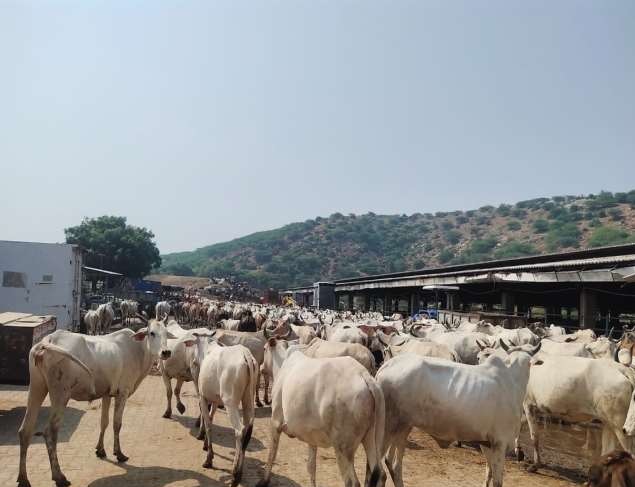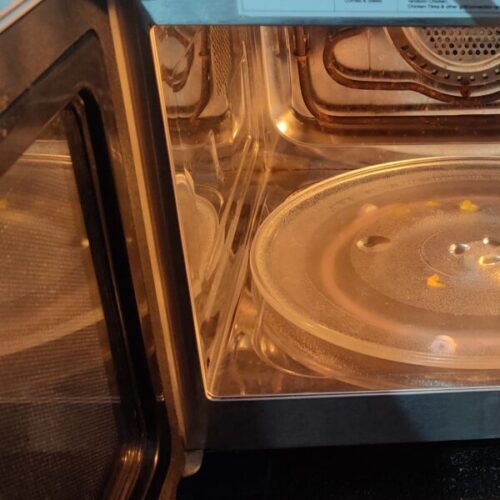The term animal has its origin from the Latin word animalis which means one who has breath. This word is usually applied for the non-human members of the Kingdom Animalia in animal taxonomy. However, the closer relatives of humans like mammals (having mammary glands) have been included in this term. Thus cows, bats, rats etc also are mammals. The biological definition of the word animal refers to all members of the taxonomic kingdom Animalia which incorporates a vast diversity of animals ranging from sponges, insects, whales, elephants and even humans. Thus, the world of animals is very amazing as it has vast range of diversity in terms of body shape, structure, habitat, feeding habits, and behaviour.
Characteristics of animals
A number of characteristics that animals have, separate them from other living beings and these characteristics are-
• Animals are made of eukaryotic cells. Eukaryotic cells are different to Pro-karyotic cells as Eukaryotic cells have well developed nuclei with well-defined nuclear membrane around them. These cells constitute bodies of developed organisms like higher animals. Bacteria and other primitive organisms called as Protists, have pro-karyotic cells. These cells don’t have nuclear membranes around their nuclei.
• Animals have heterotrophic mode of nutrition. They digest their food in an internal chamber. Heterotrophic mode of nutrition means such type of nutrition in which an organism derives food from other organisms or from dead things.
• Animals can move from place to place.
• Most of the animals have Blastula stage of embryonic development. This characteristic is exclusively found in animals.
• Animals have muscles that control motion and help in movement.
• Most of the animals undergo some type of sexual reproduction. They have male and female reproductive cells which undergo reduction cell division to produce motile spermatozoa or sperms and non-motile ova. Sperm and ova fuse to form zygote which develops into embryo and the embryo develops into individual.
• Some animals also reproduce through asexual means. This process is called as Parthenogenesis. It is the process in which fertile eggs are produced without mating, budding or fragmentation.
• Most animals indirectly use the energy of sunlight by eating plants or vegetarians. However, Animals living close to hydrothermal vents and cold seeps on the ocean floor prepare their own food through chemosynthesis. It means they depend on the energy they derive by decomposing chemicals by the application of certain enzymes they contain in their cells.
All the animals have following things in common –
• they eat other living things
• they can usually move from place to place
• they react quickly to their environment
• their bodies have multiple cells
• they usually reproduce sexually
According to scientists, up to 99% of all animal species are Invertebrates which means they lack a backbone. These include worms; jellies, anemones, snails, crabs, insects, and spiders. Only 1% of all animal species are vertebrates (have a backbone). These are: fishes, amphibians, reptiles, birds, and mammals.
Animals are the most abundant living things on Earth. Scientists estimate there are about 9 or 10 million species. They exist in a staggering array of forms and sizes, ranging from a few cells to creatures that weigh several tons. Though most animals live in the seas, they are found in every habitat on the planet. Scientists estimate that there may be between 3 and 30 million species of animals on our planet.




